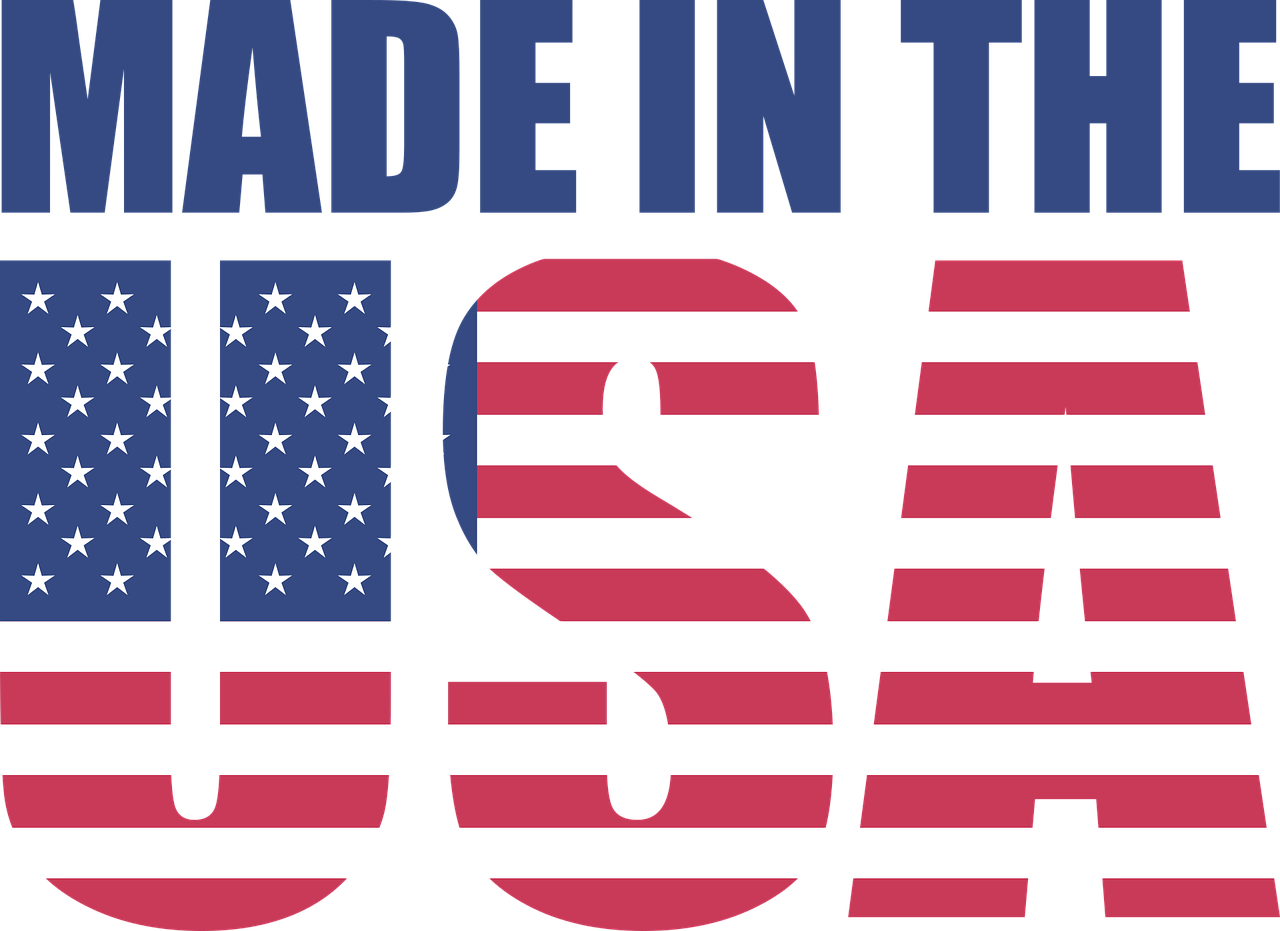Over the past 20+ years, we convinced ourselves that manufacturing in Asia is always more cost-effective than producing in the USA. We focused solely on wage differences and neglected to thoroughly assess the real costs involved.
Simultaneously, we also believed that charging significantly more for products made in the USA would deter brands and retailers, even though efforts were made to bring costs down to sustainable levels. This resulted in the closure of many factories, the loss of well-paying manufacturing jobs, and a shortage of skilled workers spanning generations.
However, it's important to recognize that approximately 30% of the products in stores could be manufactured in the USA, surpassing Asian imports in terms of price with duties factored in. This can be achieved by adopting new production line setups and automation that address both the labor skill gap and cost issues, maximizing efficiency at every step.
With cost-effective USA factories that can compete with import prices, brands and retailers have the opportunity to embrace these products and make long-term commitments. By leveraging their commitment, they can identify products suitable for domestic manufacturing, establish alliances with existing factories, or invest in new factories with industry players, allocating 1% of their annual profits to upgrade automation and production lines. Such investments can lead to benefits like faster delivery, reduced finished goods inventory, and more marketable products.
As a result, we will witness an increase in local consumers earning well-paying manufacturing job salaries, as the automation-driven production lines can produce higher volumes with stable quality, justifying livable wages of $20-30 per hour. This will contribute to the emergence of a new middle class that can actively participate in the consumer cycle, moving away from the paycheck-to-paycheck situation that currently prevails.
To ensure the survival and growth of USA factories, brand and retail commitment is crucial. A 10-year commitment to reaching a purchase target of 25% or more for products made in the USA is essential in rebalancing the supply chain, retail, and local consumer incomes.
We can start by selecting specific products and categories to initiate this shift and then progressively expand. By bringing manufacturing jobs back to the USA, we can rebuild well-paying job communities, surpass imports in terms of price, quality, and delivery lead time, and create a sustainable American manufacturing economy that benefits communities and society at large.
Pan Pan
Founder
2510.org
















